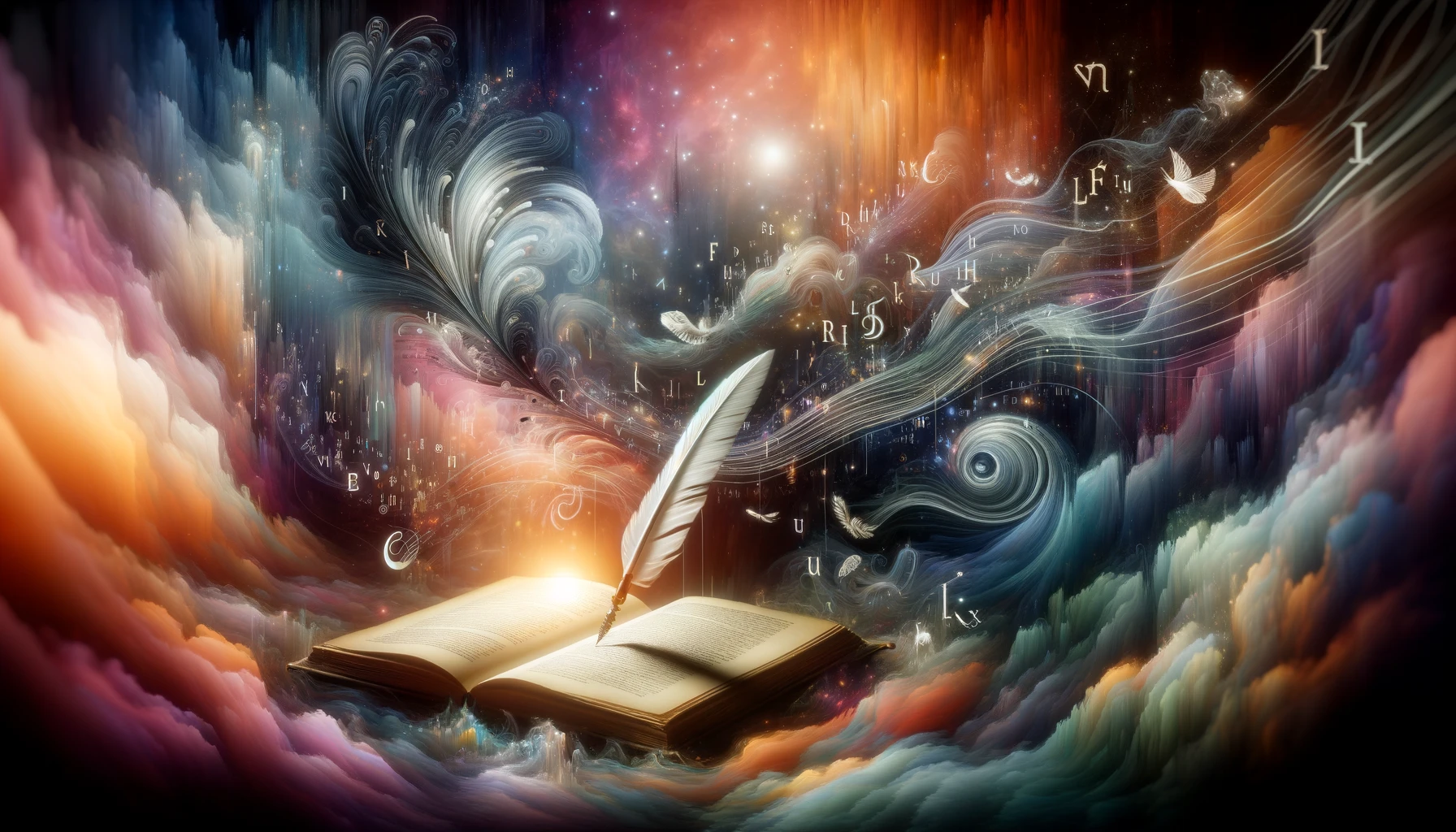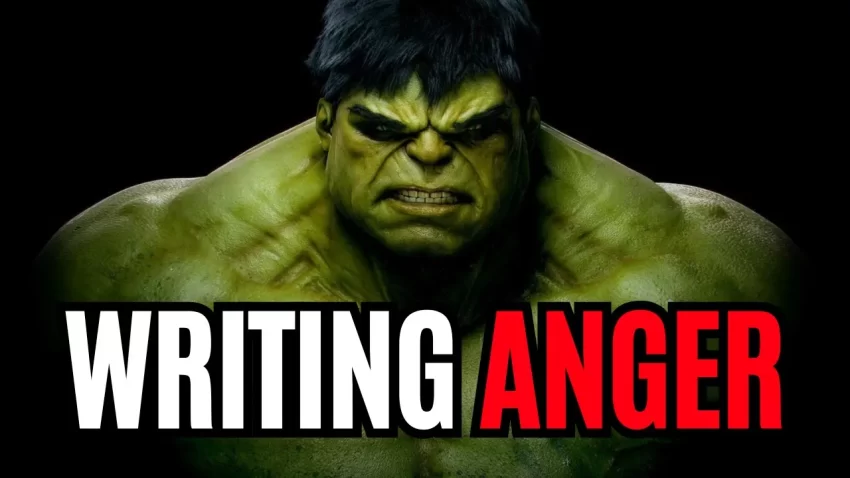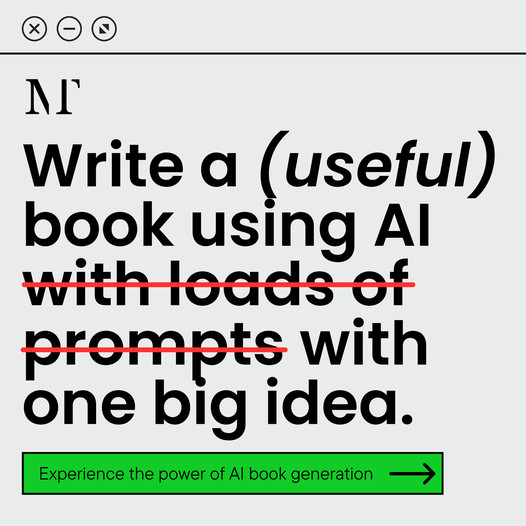TL;DR
Anger is a powerful emotion in storytelling that can drive character motivation and create conflict. To write angry characters effectively, it’s important to explore the cause of their anger, how they process it, and how they release it. Understanding each character’s unique triggers and responses to anger can lead to richer narratives. This post outlines five practical tips for conveying anger in your stories, emphasizing the importance of depth, purpose, and consequences.
Understanding Anger in Storytelling
Welcome to my writing channel! My name is Brandon McNully, author of Entry Wounds. Today, we’re diving into a crucial aspect of storytelling: writing characters who deal with heated emotions, particularly anger. Last week, we discussed Anakin Skywalker’s reaction to his mother’s death in Attack of the Clones, where his anger felt rushed. A subscriber suggested a video focusing specifically on anger, which I thought was a fantastic idea. So, let’s explore the role of anger in storytelling and how you can write compelling, furious characters.
What is Anger?
At its core, anger is a hostile response to a perceived wrong, injury, or irritation. In storytelling, anger often takes center stage when a character reacts to a negative event. Here’s a quick breakdown:
- Cause: Something bad happens.
- Response: The character shows anger immediately or after processing other emotions like shock or sadness.
- Impact: The intensity of anger can dictate the direction of the story.
If a character is upset over minor issues, their anger might only affect a scene temporarily. However, if they are furious about significant events, that anger can motivate them toward revenge or a quest for change.
Steps to Develop Anger
To maximize the impact of a character’s anger, consider developing it through three steps:
- Identify the Cause: What triggers the anger?
- Process the Anger: How does the character wrestle with their emotions?
- Release the Anger: How does the character express or channel their anger?
Taking Anakin as an example, he skips the processing step, resulting in a rushed narrative that lacks emotional weight. In contrast, Aaron Yeager from Attack on Titan evolves through his anger, which is explored throughout the series, making him a more engaging character.
Conflict and Character Development
Incorporating anger into your character arcs not only motivates actions but also fosters conflict—both internal and external. Internal conflict allows readers to understand the character’s struggles, while external conflict can arise from actions driven by anger. For instance:
- A character might lash out at a friend due to anger, leading to a fallout.
- Anger can prompt a character to make drastic decisions, influencing the overall narrative.
Both types of conflict enrich the story, making characters more relatable and complex.
Five Tips for Conveying Anger
Here are five practical tips for effectively conveying anger in your writing:
1. Understand What Angers Your Characters
Different characters react to anger in unique ways. Consider the following:
 What Poetry Feels Like
What Poetry Feels Like- Triggers: What upsets them? A minor inconvenience can send one character into a rage while another remains indifferent.
- Response Time: Some characters have short fuses, while others might suppress their anger until it boils over.
- Expression: Does the character yell, cry, or resort to violence? Understanding these nuances helps create believable reactions.
2. Give Anger Purpose
Anger should serve a purpose in your narrative. It should arise naturally from story events and impact the plot. Avoid using anger simply to add drama; it should enhance character development and conflict. Ask yourself:
- How does this anger affect the character’s goals?
- What consequences arise from their angry actions?
3. Choose Appropriate Levels of Anger
Not all anger is created equal. Balance large, medium, and small-scale anger to maintain narrative flow:
- Large Scale: Events like a murder can fundamentally change the plot.
- Medium Scale: Conflicts that alter character arcs or relationships.
- Small Scale: Minor frustrations that provide comic relief or temporary scene changes.
For example, in Captain America, Peggy’s brief anger leads to a memorable moment without affecting the overall plot significantly.
4. Deepen Anger with Signals and Sensations
Avoid cliché portrayals of anger. Instead of simply having a character yell or throw things, explore their emotions through:
- Physical Signals: Tightened muscles, clenched fists, or avoiding eye contact.
- Internal Sensations: Racing heart, shallow breathing, or feelings of heat.
- Mental Responses: Jumping to conclusions or ruminating on perceived slights.
Using resources like The Emotion Thesaurus can provide additional cues and insights into portraying anger compellingly.
5. Spread Anger Like Fire
Anger can be contagious. When one character is angry, it often leads to reactions from others. This cascading effect deepens conflict and allows for exploration of different perspectives. For instance:
- In John Wick, Jon’s refusal to sell his car leads to repercussions that ignite his quest for vengeance.
- In Attack on Titan, Aaron’s anger at the Titans spurs a cycle of violence affecting multiple characters.
By examining how anger spreads, you can create a dynamic narrative that reflects the complexities of human emotions.
Conclusion
Writing characters who grapple with anger can lead to powerful storytelling moments. By understanding the nuances of anger, giving it purpose, and exploring its consequences, you can create compelling narratives that resonate with readers. Remember to consider how anger impacts your characters and the plot, and look for opportunities to deepen this emotion in fresh, unique ways.
Question of the Day
What’s your favorite example of anger in a story? Let us know in the comments below!
Thank you for tuning in! If you’d like to support the channel, consider picking up a copy of any of my books. Entry Wounds is a thrilling tale about a man who picks up a haunted gun, leading him down a dark path. Don’t forget to like, share, and subscribe, and as always, keep on writing!
Original channel: https://www.youtube.com/channel/UChqAmyhEejCMMIxJmvUrdYw


 Grab my poetry book, 'we're all just wanderers in the end' Here
Grab my poetry book, 'we're all just wanderers in the end' Here AD: Your Book Finally Written...
AD: Your Book Finally Written...